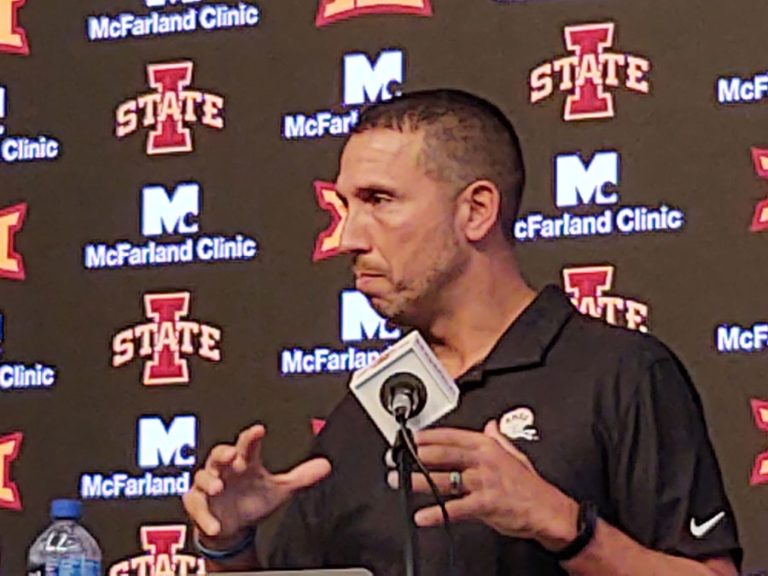 Northwest Iowa — Seasonal changes can have an overwhelming effect on a vehicle’s performance. Vehicle breakdowns during winter weather can not only be inconvenient, but also dangerous. Spending some time and money in the fall to prepare your vehicle can make winter a bit easier to navigate.
Northwest Iowa — Seasonal changes can have an overwhelming effect on a vehicle’s performance. Vehicle breakdowns during winter weather can not only be inconvenient, but also dangerous. Spending some time and money in the fall to prepare your vehicle can make winter a bit easier to navigate.
According to AAA spokesperson Gail Weinholzer, the safest place to be during adverse weather is indoors and that is not always possible, but it is imperative that motorists prepare their vehicles before winter conditions hit.
Weinholzer says simply following safe driving habits like planning ahead, driving distraction free, wearing your seatbelt, and taking time now to prepare your vehicle for winter weather driving conditions can help ensure you stay safe in the elements. AAA recommends motorists prepare for winter by performing a complete vehicle checkup in the fall.
Check, or have your mechanic check, the following items:
- Battery and charging system — Have the battery and charging system tested by a trained technician. A fully charged battery in good condition is required to start an engine in cold weather. For electric or hybrid-electric vehicles, several things can be done to minimize the drain on the batteries. If the vehicle has a thermal heating pack for the batteries, make sure your vehicle is plugged in whenever it is not in use. If the vehicle has a pre-heat function to warm the car interior, set it to warm the passenger compartment before you unplug it in the morning.
- Engine hoses — Inspect cooling system hoses for leaks, cracks, or loose clamps. Also, squeeze the hoses and replace any that are brittle or appear to be excessively spongy feeling.
- Tire type and tread — In areas with heavy winter weather, installing snow tires on all four wheels will provide the best winter traction. All-season tires work well in light to moderate snow conditions provided they have adequate tread depth. Replace any tire that has less than 3/32-inches of tread. Uneven tire wear can indicate alignment, wheel balance or suspension problems that must be addressed to prevent further tire damage.
- Tire pressure — Check tire inflation pressure more frequently in fall and winter. As the average temperature drops, so will tire pressures, typically by 1 PSI for every 10 degrees Fahrenheit. The proper tire pressure levels can be found in the owner’s manual or on a sticker typically located on the driver’s side door jamb. Be sure to also check the spare tire.
- Air filter — Check the engine air filter by holding it up to a 60-watt light bulb. If light can be seen through much of the filter, it is still clean enough to work effectively. However, if light is blocked, replace it.
- Coolant levels — Check the coolant level in the overflow tank when the engine is cold. If the level is low, add a 50/50 solution of coolant and water to maintain the necessary antifreeze capability. Test the antifreeze protection level with an inexpensive tester.
- Lights — Check the operation of all headlights, tail lights, brake lights, turn signals, emergency flashers, and back-up lights. Replace any burned out bulbs.
- Wiper blades — The blades should completely clear the glass with each swipe. Replace any blade that leaves streaks or misses spots. In areas with snow, consider installing winter wiper blades that wrap the blade frame in a rubber boot to reduce ice and snow buildup.
- Washer fluid — Fill the windshield washer fluid reservoir with a winter cleaning solution that has antifreeze components to prevent it from freezing.
- Brakes — If there is any indication of a brake problem, then have the system inspected by a certified technician. Check all fluids (transmission, brake and power steering fluids) to ensure they are at or above the minimum safe levels.











